Guillermo del Toro has called Mary Shelley’s 1818 novel “Frankenstein” his Bible. Now streaming on Netflix, his adaptation brings together Oscar Isaac as Victor Frankenstein and Jacob Elordi as the Creature in a gothic drama that prioritizes emotional depth over horror tropes. Del Toro’s version shifts focus from scientific hubris to childhood trauma and shame, reimagining key characters while maintaining the philosophical core of Shelley’s Romantic text.
The film premiered at the BFI London Film Festival and marks del Toro’s return to personal passion projects after years of expressing his desire to adapt this particular story. Unlike previous film versions that emphasized the monster’s frightening appearance, this interpretation explores what it means to be rejected by one’s creator and society. The cast includes Mia Goth, Christoph Waltz, Charles Dance, and other actors who bring depth to characters both faithful to and reimagined from Shelley’s original text.
Del Toro emphasizes practical effects over CGI, using hand-built animatronics and prosthetics to create the Creature. Production notes from Netflix Tudum detail the extensive makeup process and full-scale gothic sets. The director consulted historians on early 19th-century anatomy science and referenced Mary Shelley’s original manuscripts housed at Oxford’s Bodleian Library during development.
FRANKENSTEIN
Del Toro’s Gothic Interpretation
Official Trailer
First Look at Del Toro’s Vision
Anatomy of Creation
Building the Creature Step by Step
The Laboratory
Del Toro’s recreation of Victor’s workspace uses practical sets and period-accurate equipment. The laboratory scenes reference early 19th-century galvanism experiments.
The Brain
The Creature’s consciousness emerges gradually. Del Toro portrays him as a newborn soul in an adult body, capable of learning and feeling.
The Eyes
Elordi’s performance relies heavily on expressive eyes. The makeup team designed prosthetics that allowed full facial mobility and emotional range.
The Heart
Emotional capacity defines this Creature. Del Toro focuses on his need for connection and the pain of rejection rather than violent impulses.
The Hands
Hands tell the story of the Creature’s duality—capable of both creation and destruction, gentleness and strength.
The Journey
The Creature’s physical journey mirrors his emotional one—from rejection to self-discovery, seeking acceptance in a hostile world.
Visual Design
Gothic Artistry and Atmosphere

The Cast
Performers Behind the Characters

Isaac portrays the obsessive scientist whose attempts to conquer death create tragedy. Known for roles in Star Wars, Ex Machina, Dune, and Inside Llewyn Davis. His performance explores Victor’s transformation from ambitious researcher to guilt-ridden creator.
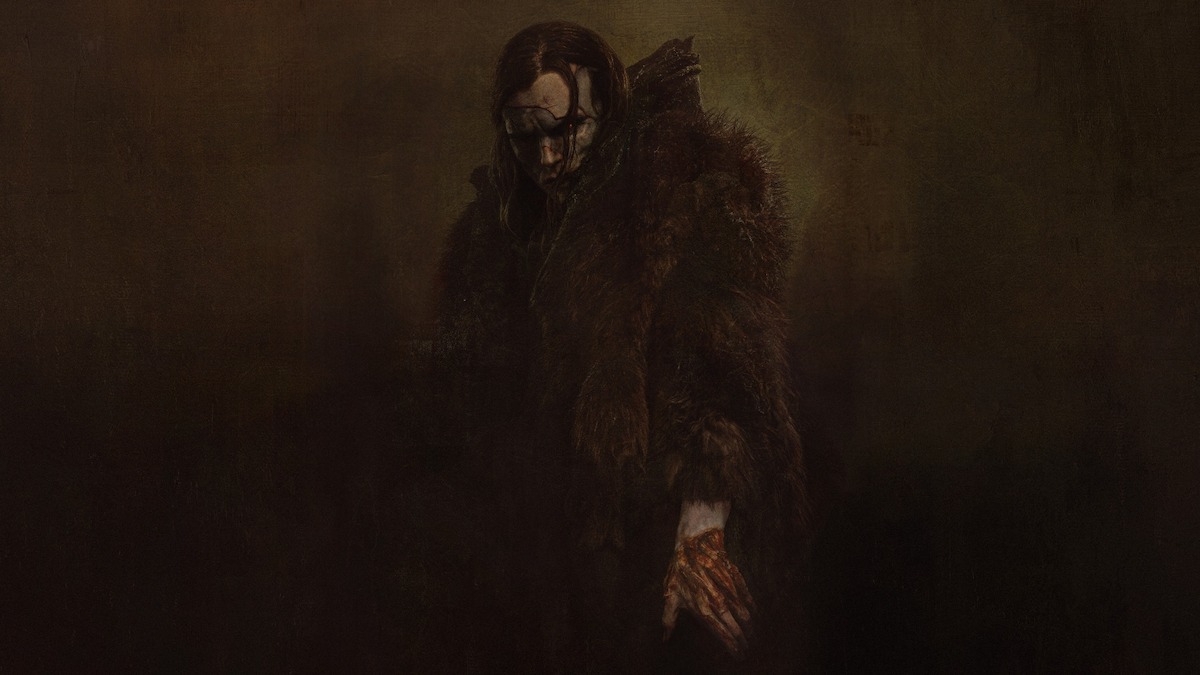
Elordi brings emotional complexity to the Creature, moving beyond traditional monster portrayals. His transformation required extensive prosthetics applied over several hours. Known for Euphoria, Saltburn, and Priscilla. Early reactions suggest his portrayal expresses deep empathy and introspection.
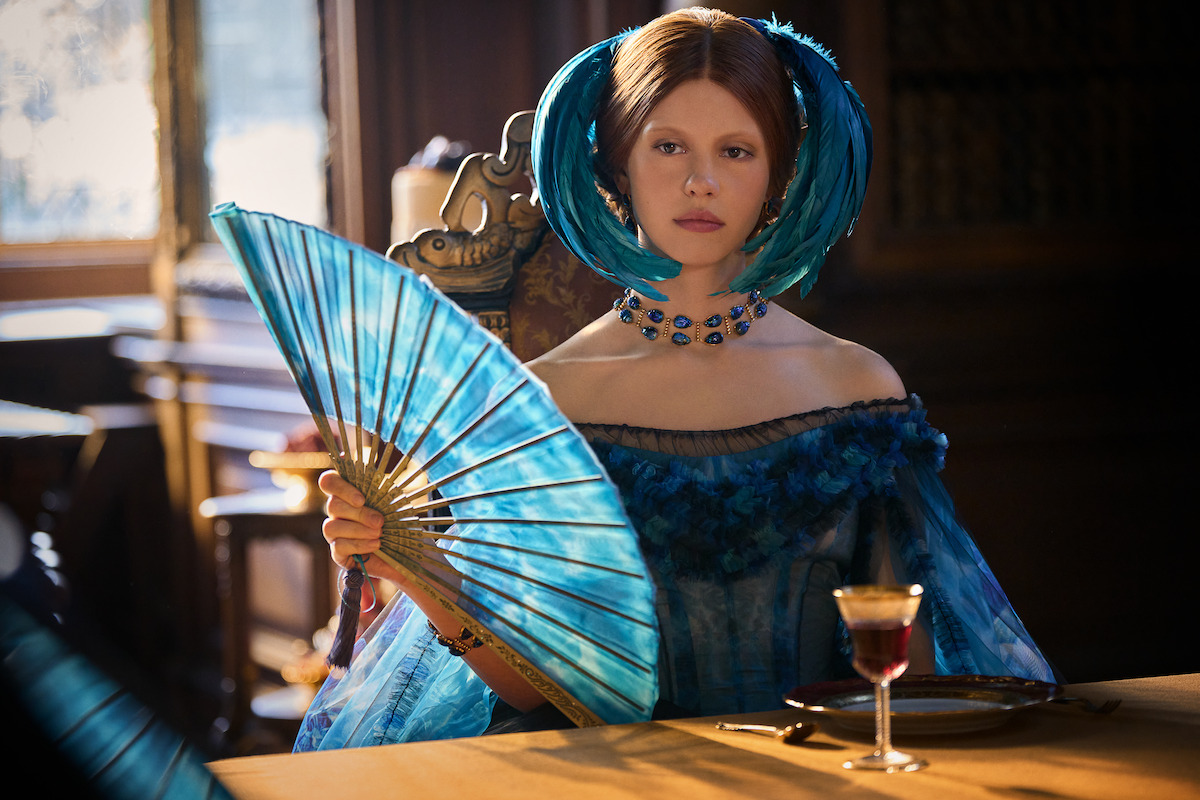
Goth reimagines Elizabeth as an independent entomologist engaged to William rather than Victor. She also portrays Victor’s late mother. Del Toro references Shelley’s line describing Elizabeth as “playful as an insect” to justify this character change. Known for the X trilogy, Pearl, and MaXXXine.

Waltz plays Victor’s wealthy benefactor with hidden motives for reviving the dead. This character does not appear in Shelley’s novel. A two-time Academy Award winner for Inglourious Basterds and Django Unchained. Recently appeared in Only Murders in the Building.

Kammerer portrays Victor’s compassionate younger brother, aged up from the novel where William is a young child. Critics note his character appears to incorporate elements associated with Henry Clerval from Shelley’s text. Known for All Quiet on the Western Front.

Dance plays Victor’s abusive physician father, reimagined from Shelley’s caring magistrate Alphonse. His cruelty and possible role in his wife’s death during childbirth shape Victor’s obsessive quest. Known as Tywin Lannister in Game of Thrones and roles in The Crown.

Bradley portrays the Blind Man who forms a bond with the Creature and appears to guide him, similar to the tutoring figure in Shelley’s novel. Known for Argus Filch in Harry Potter and Walder Frey in Game of Thrones. Previously worked with del Toro on The Strain.

Mikkelsen plays the Danish captain who discovers Victor in the Arctic and hears his tale, replacing Shelley’s Captain Walton. Known for The Witcher as Stregobor and as Grand Admiral Thrawn in Star Wars. Also appeared in House of Cards and The Killing.
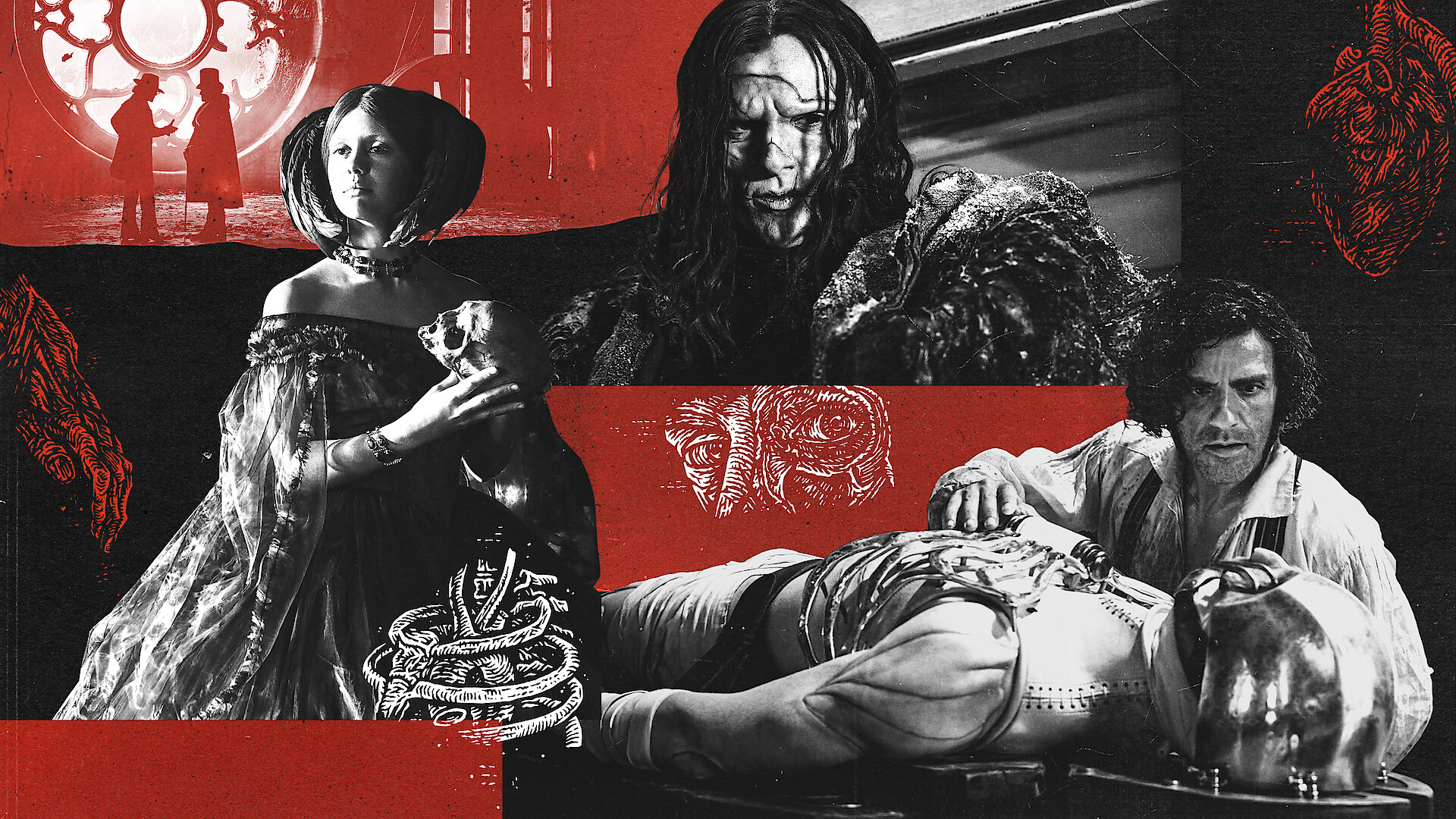
Production Facts
Key Numbers
Behind the Scenes
Crafting Del Toro’s Vision
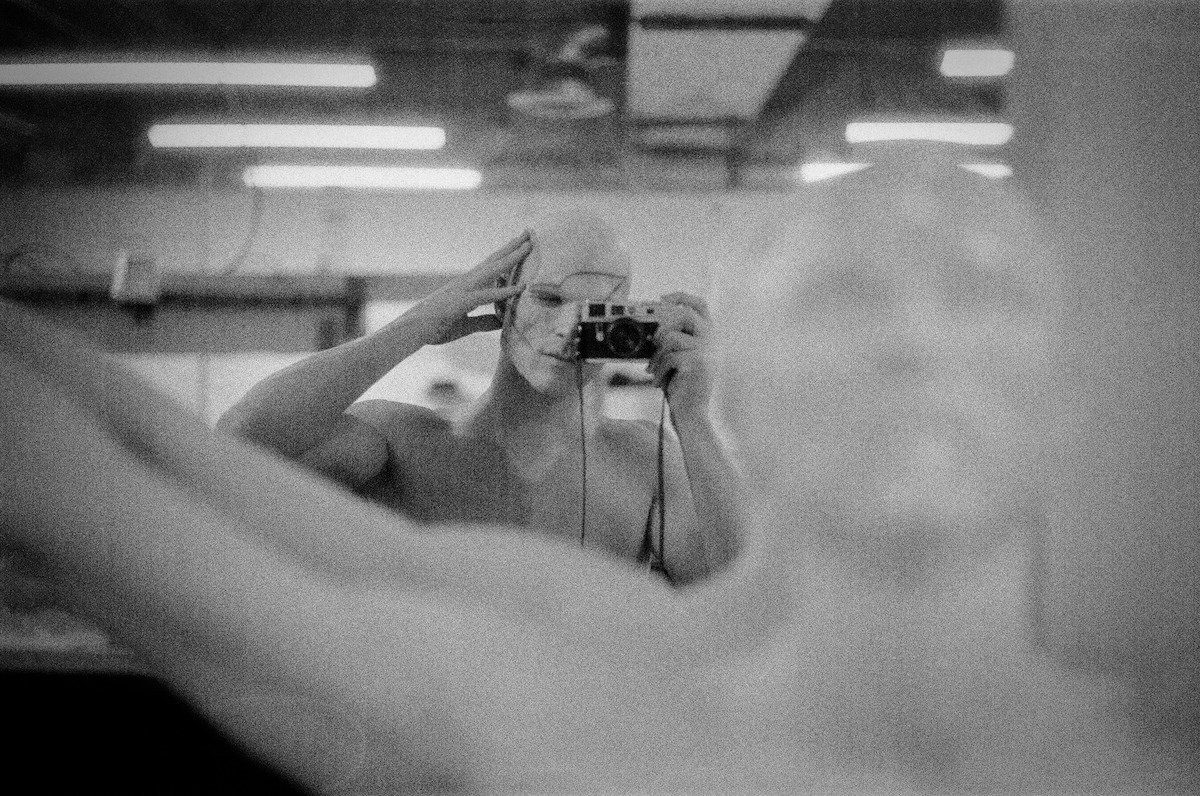
Director at Work
Guillermo del Toro on set bringing his passion project to life
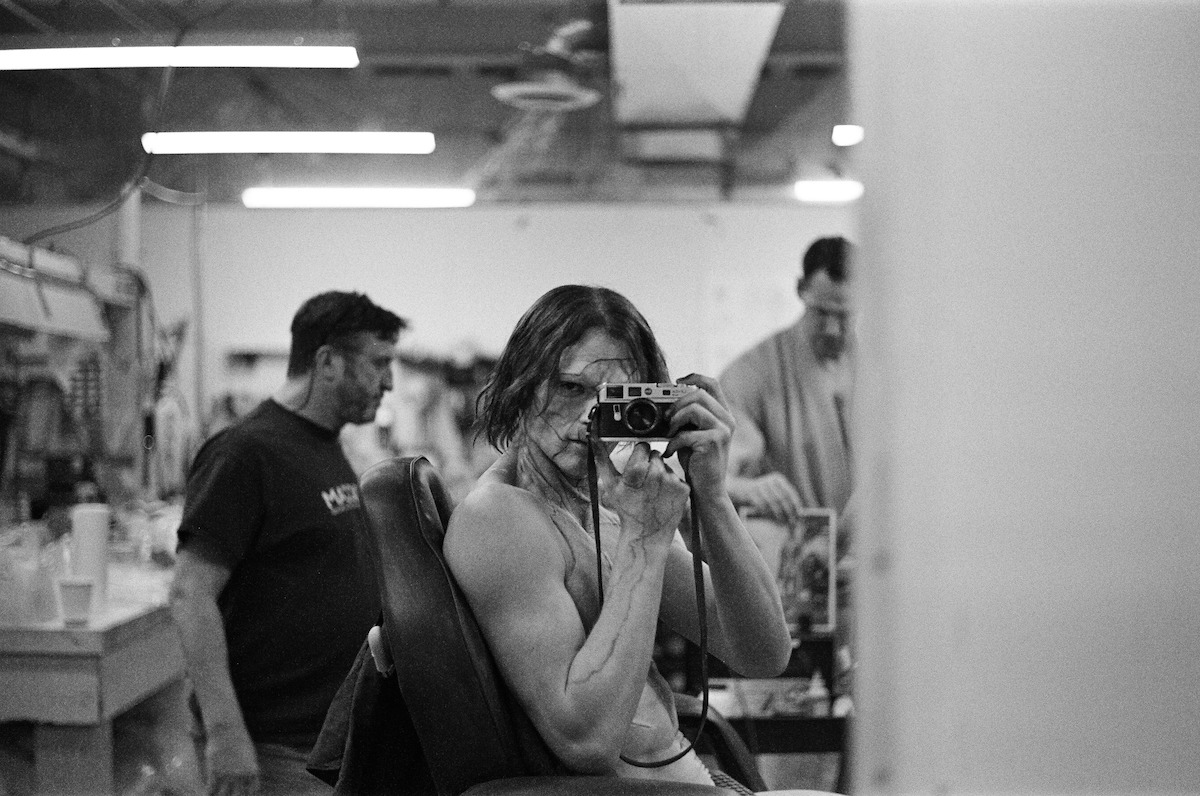
Practical Effects
Hand-built prosthetics and animatronics create the Creature
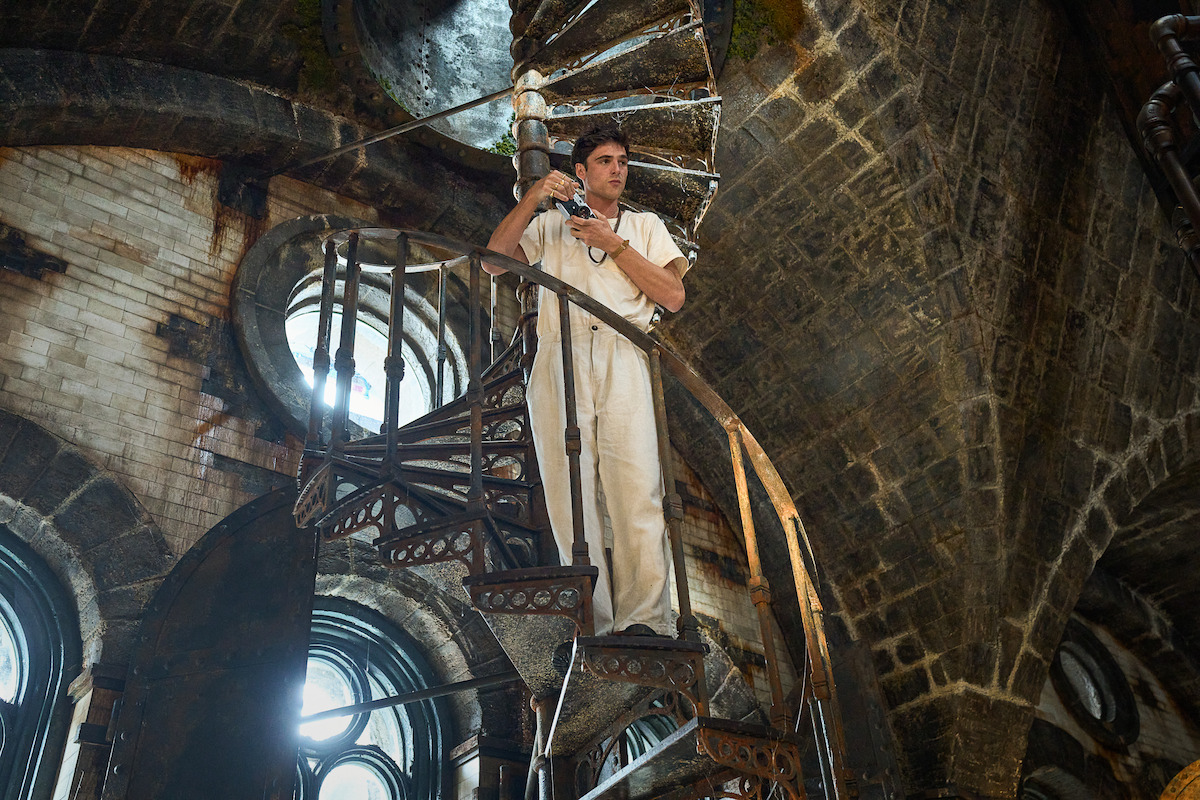
Gothic Production Design
Full-scale sets capture 19th-century atmosphere
Production Stills
Visual Journey Through the Film
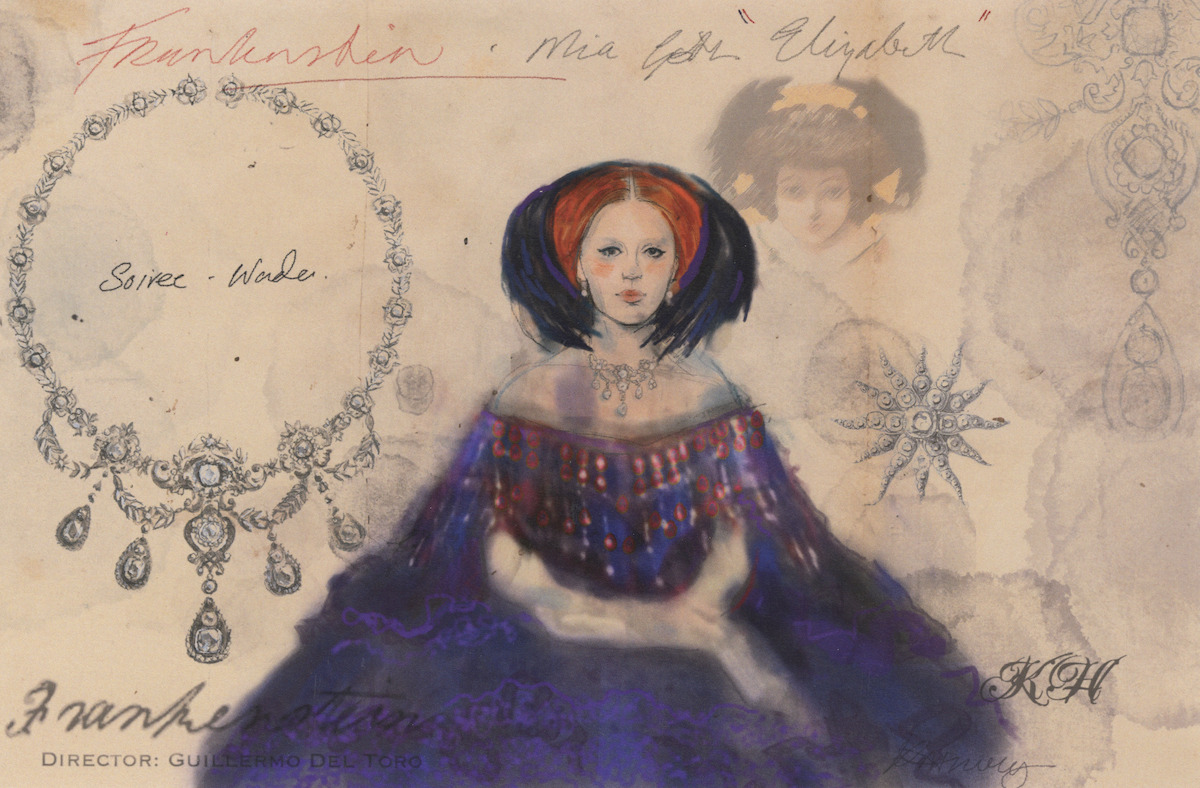

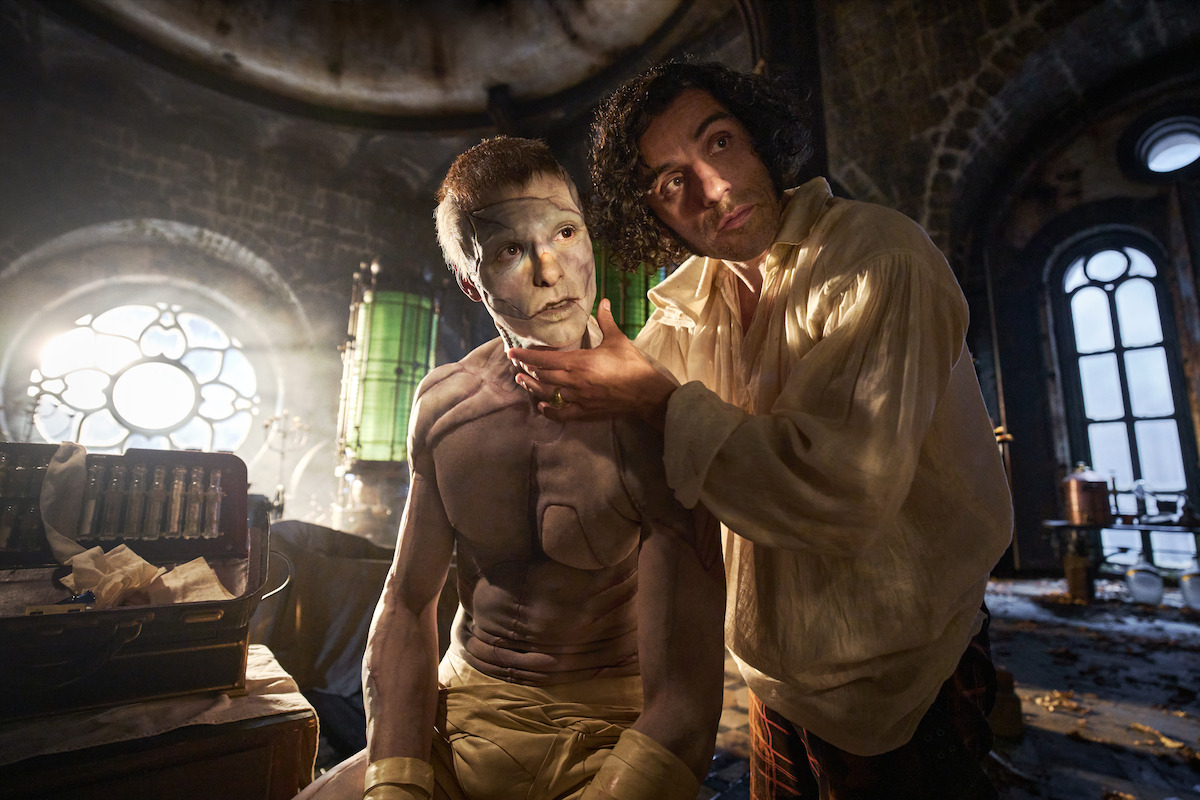
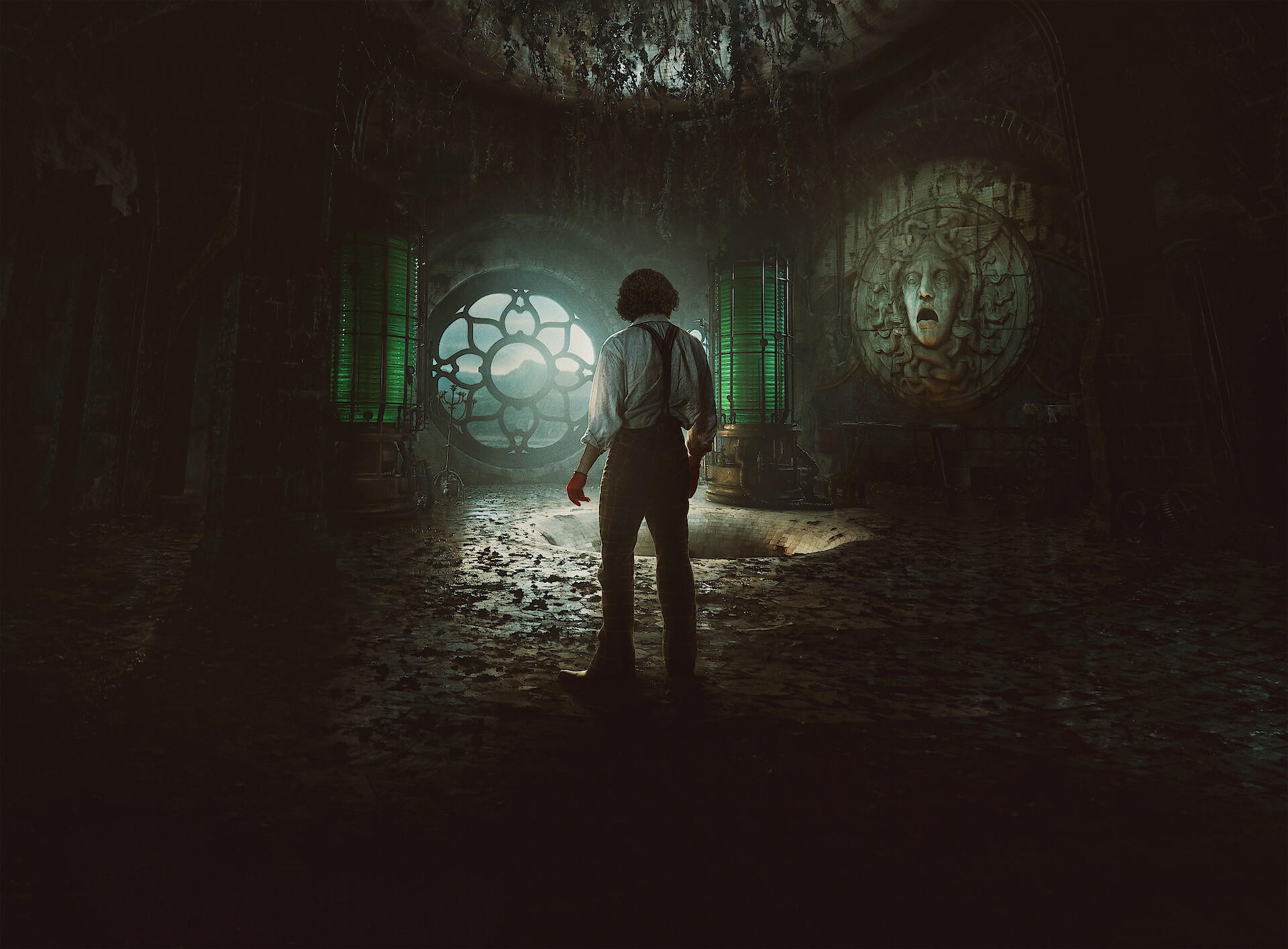


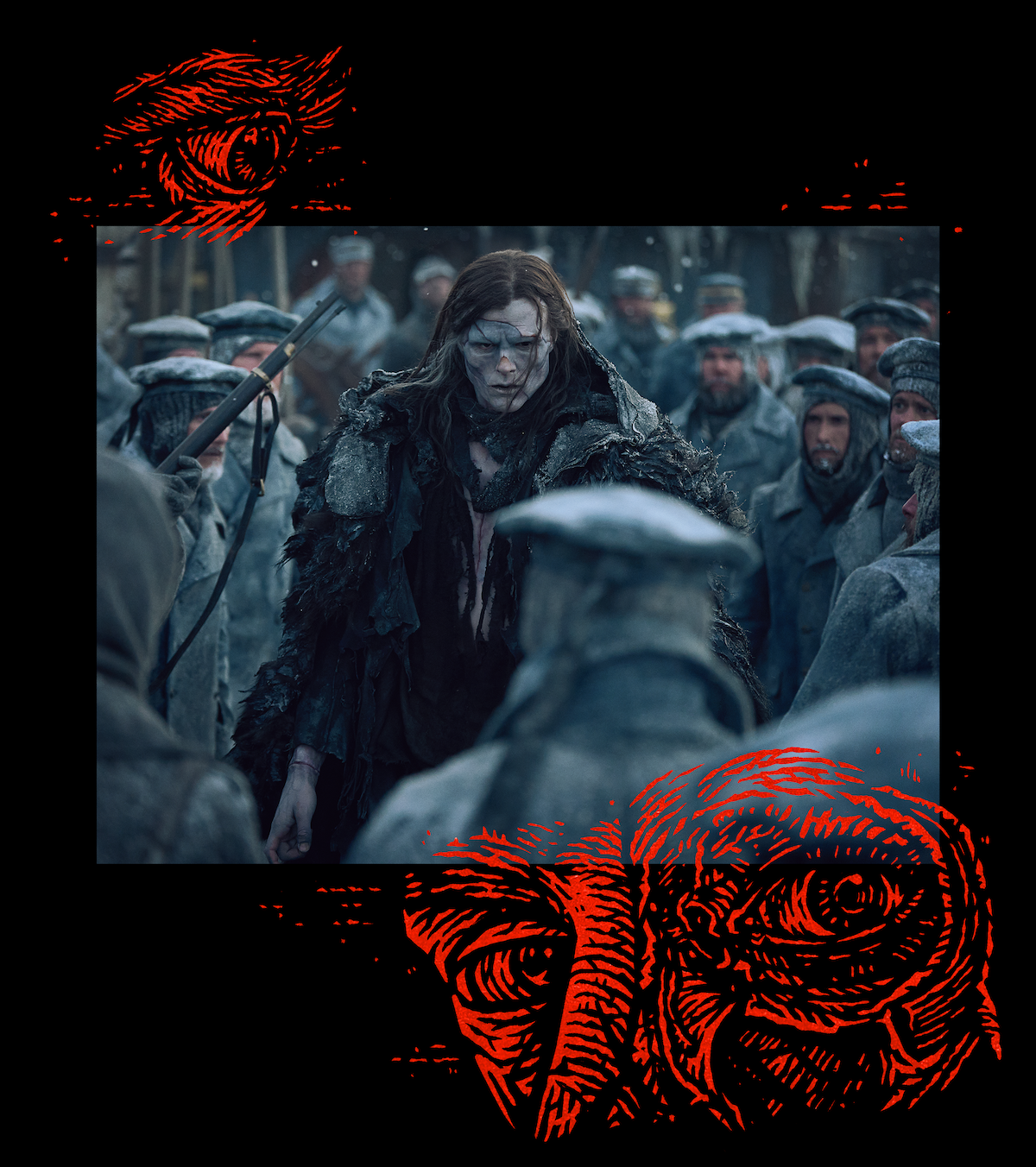
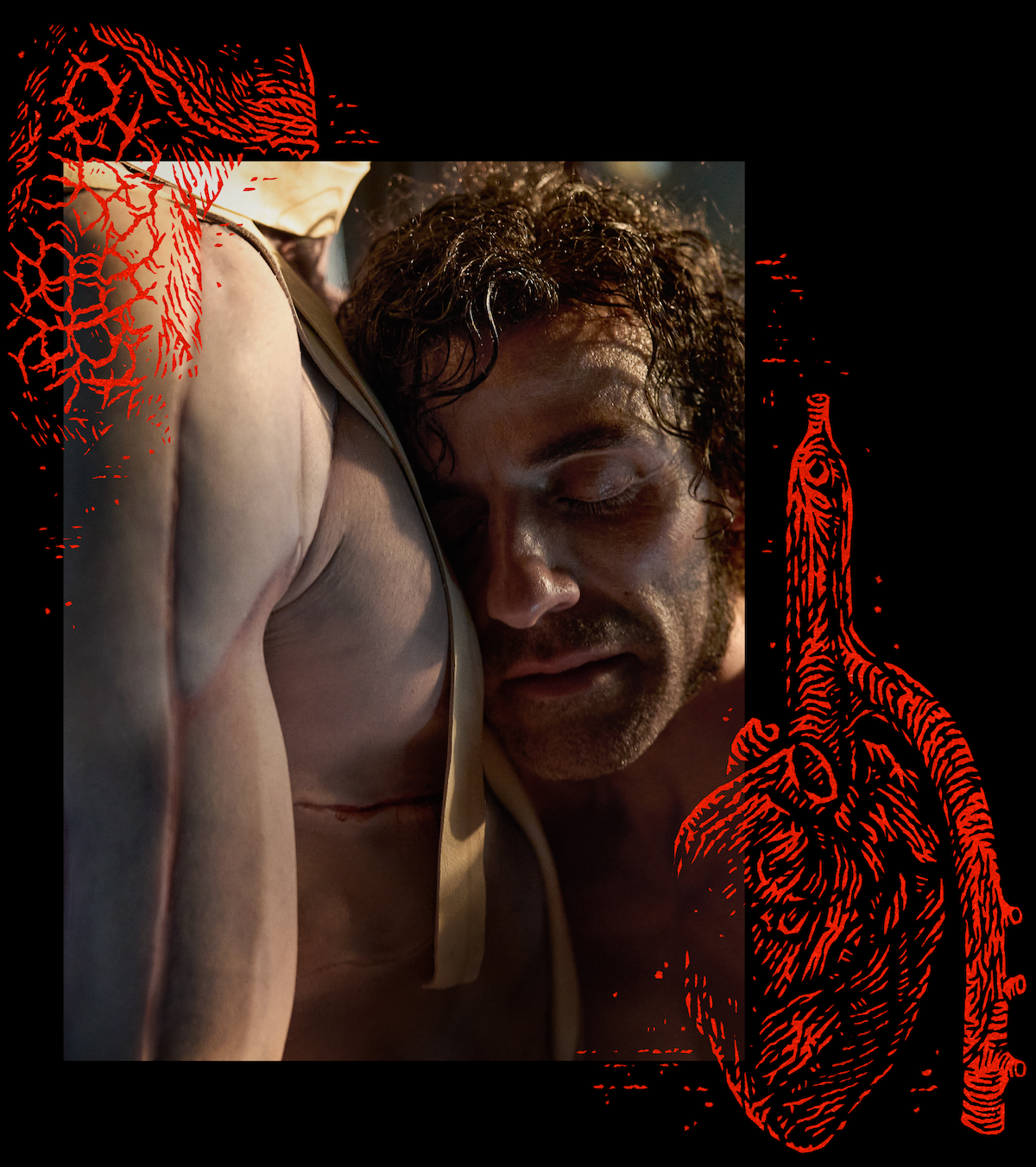
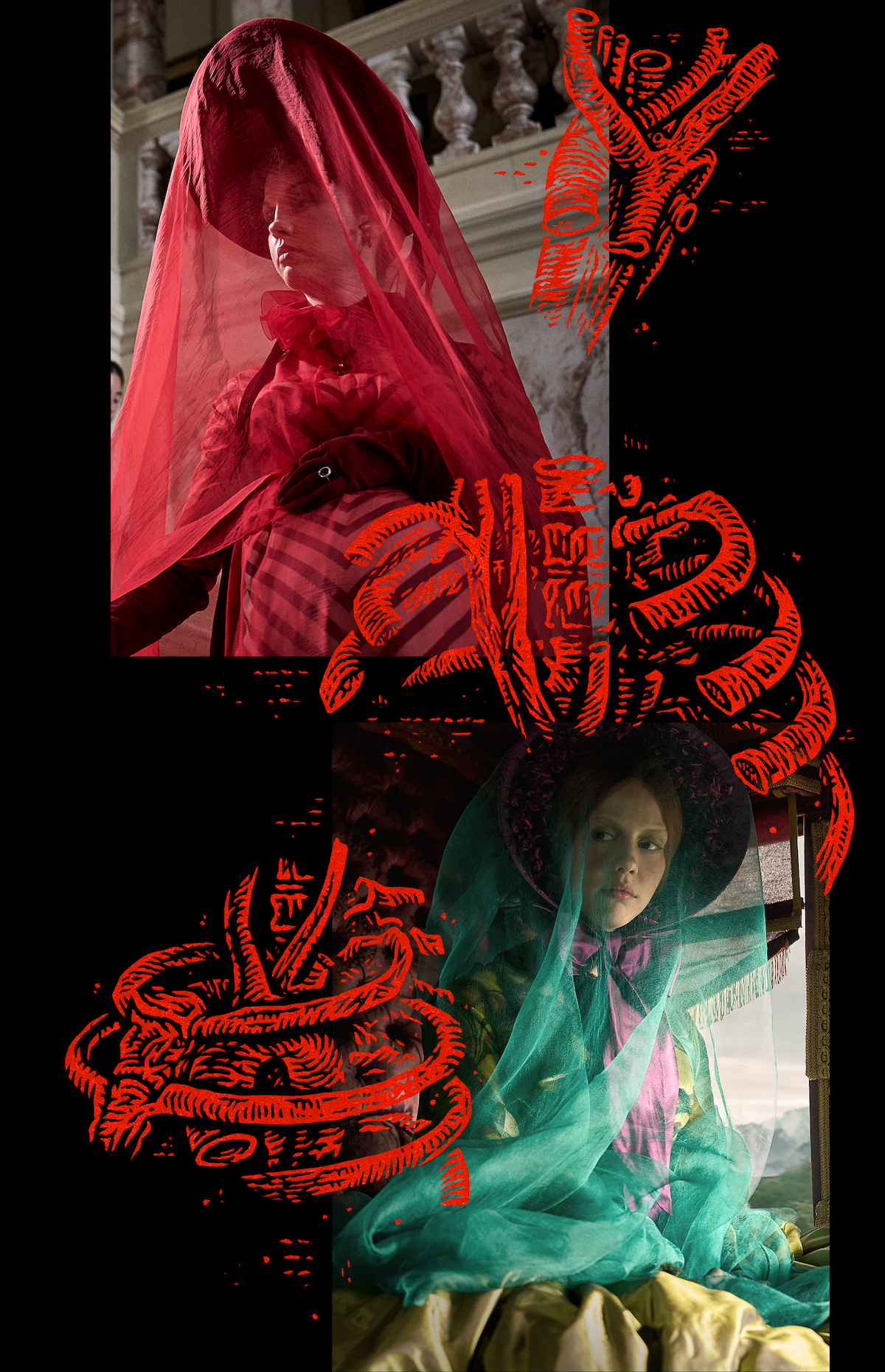
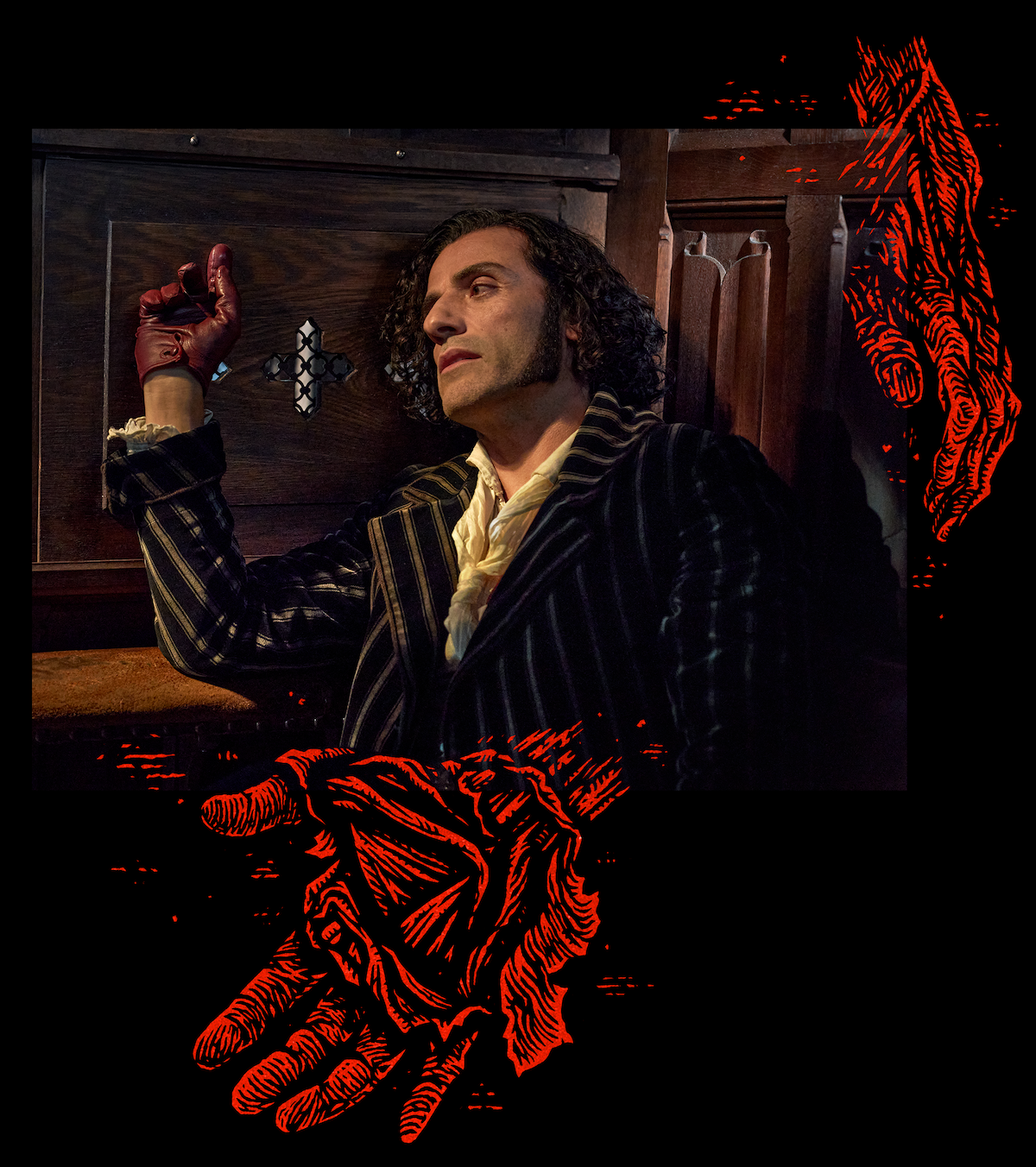
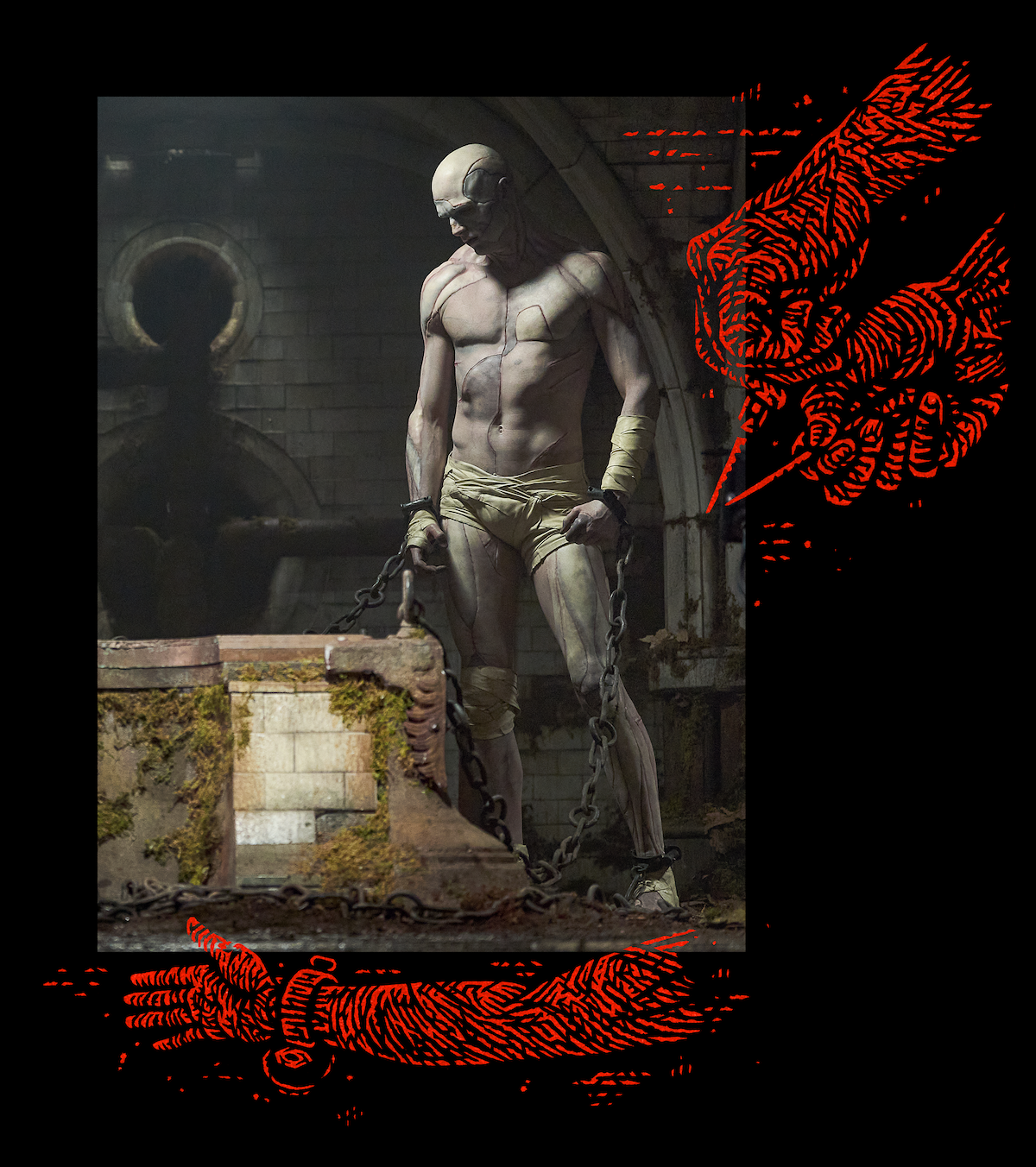

Adaptation Timeline
From Novel to Screen
Novel vs. Film
Key Changes in Del Toro’s Adaptation
Elizabeth’s Role
Film: William’s fiancée and independent entomologist who develops empathy for the Creature. She dies protecting him rather than being murdered by him.
Victor’s Father
Film: Leopold Frankenstein is an abusive physician who may have let Victor’s mother die during childbirth for experimental purposes.
William Frankenstein
Film: Aged up to adulthood. Reviewers note his character appears to merge traits from the novel’s William and Henry Clerval.
The Creature’s Nature
Film: Victor attempts brief parenting before abandoning the Creature. Early reactions suggest the Creature displays more empathy and reduced violence compared to the novel.
Captain’s Identity
Film: Danish Captain Anderson finds Victor and hears the tale directly from both Victor and the Creature.
Missing Characters
Film: Both characters are removed, with their narrative functions redistributed to other characters.
Core Themes
What Del Toro’s Frankenstein Explores
Additional Resources
Explore Further
Watch on Netflix
Stream NowRead the Novel
Project GutenbergBFI Exhibition
View DetailsNetflix Behind the Scenes
Production NotesOriginal Manuscripts
Bodleian LibraryMore Content
Explore ArticlesThe coverage above detailed Guillermo del Toro’s Frankenstein adaptation, including cast profiles, character changes from Mary Shelley’s novel, production techniques, and thematic focus. The film’s approach to Victor Frankenstein’s story through a lens of childhood trauma rather than scientific ambition was examined, along with the Creature’s portrayal emphasizing emotional depth.
Information was provided on the principal actors including Oscar Isaac, Jacob Elordi, and Mia Goth, their roles, and how characters differ from Shelley’s 1818 text. Del Toro’s use of practical effects, prosthetics, and gothic production design was outlined based on Netflix production documentation. The timeline from Shelley’s original publication through previous film adaptations to this 2025 version was presented.
Character comparisons covered changes to Elizabeth’s role as an entomologist, Victor’s abusive father Leopold, the aged-up William, and the removal of Henry Clerval and Justine Moritz from the narrative. Thematic elements were discussed based on del Toro’s stated intentions in interviews with Variety and Netflix. Resources for further exploration including the Bodleian Library manuscripts and BFI exhibition materials were referenced.



